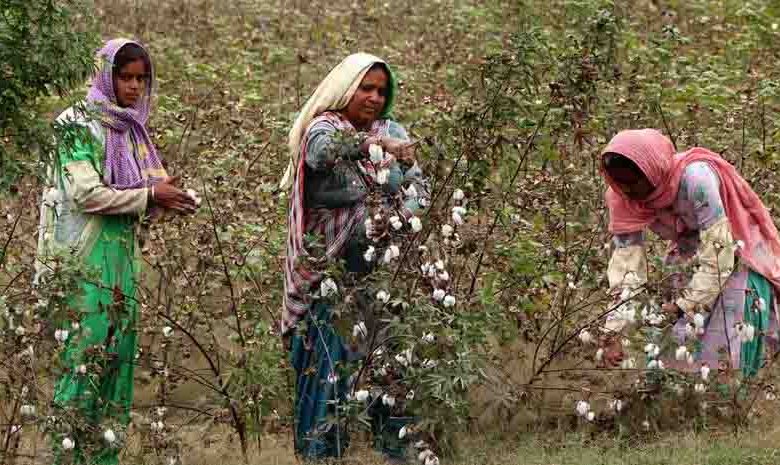Punjab: Bathinda’s ginning industry in the grip of recession

Punjab: The image of Bathinda’s lush white cotton fields in summer is now history. Until recently, it was called the “cotton capital of Punjab”. Generations of farmers were involved in cultivating this crop in the fertile plains fed by the waters of the Sutlej, supplying material for the related ginning industry on the outskirts of the city and employing thousands of people. From over 1.5 lakh hectares in 2019, the figure has declined to less than 40,000 hectares by 2023. At the ground level, most ginning units have either shut down or shifted to alternative businesses such as rice milling, cold storage or scrap dealing. Kailash Garg, president of the Punjab Cotton Factories Association, said: “This cotton belt had 422 cotton factories in 2019 and today only 40 factories are operating in the region.” In 2023, Bathinda will see a large number of farmers turning to paddy cultivation. The area under cultivation rose to nearly 2.32 lakh hectares from 1.90 lakh hectares last year. In 2019, Bathinda’s cotton sector was flourishing, with nearly 91,000 hectares being cultivated.
However, by 2024, the scenario had changed drastically. The area under cotton cultivation in Bathinda declined to 14,500 hectares, a significant drop from previous years. Cotton yields also witnessed a decline during this period. Frequent attacks by pests such as pink bollworm and whitefly have severely affected crop health and yields. Adverse weather conditions, including intense heat at the time of sowing, have also adversely affected cotton growth, adding to the difficulties faced by farmers. Additionally, the lack of improved and pest-resistant cotton seed varieties has made crops more vulnerable to diseases, further reducing productivity. With cotton arrivals down, many labourers who relied on seasonal work – whether in the fields, in transportation, or in processing units – found themselves without a steady source of income. The youth, who once followed family traditions in cotton employment, have been forced to migrate to cities or take up other low-paying jobs.
It is worth noting that last year farmers did not receive MSP for their produce, forcing many to look for new options. The minimum support price (MSP) for medium staple cotton was ₹7,121 per quintal during the 2024-2025 season. It was ₹7,521 for long staple cotton. Showing the ground situation, Amarpal Singh, son of an owner whose ginning unit has shut down, said, “We had to shut our unit in 2019 as we were not getting raw material. We also had to lay off our employees, most of whom are working as daily wage labourers. Not just us, but most of the other units also had to shut down as the business became unviable.” Janak Goyal, owner of a ginning unit in the district, recalls: “I had 150 employees. During peak season, trucks had to stand in line for hours to unload the goods. Now, all are shut. I have not heard the sound of cotton balers for three years.” Kailash Garg said the biggest reason behind the failure of cotton farming and industry is the failure of the Punjab government to improve the quality of cotton seeds. It is also felt that the government has also failed to ensure MSP on any crop, forcing farmers to reconsider their options of cotton cultivation.





